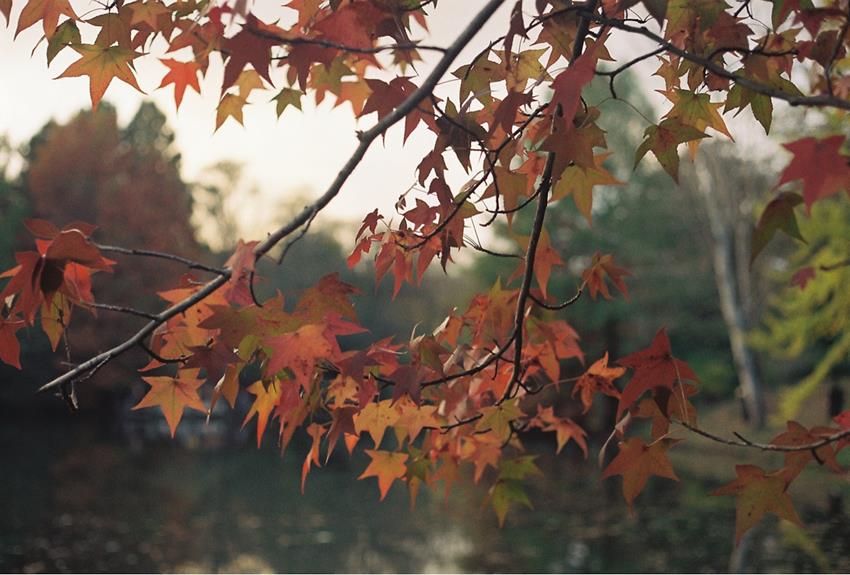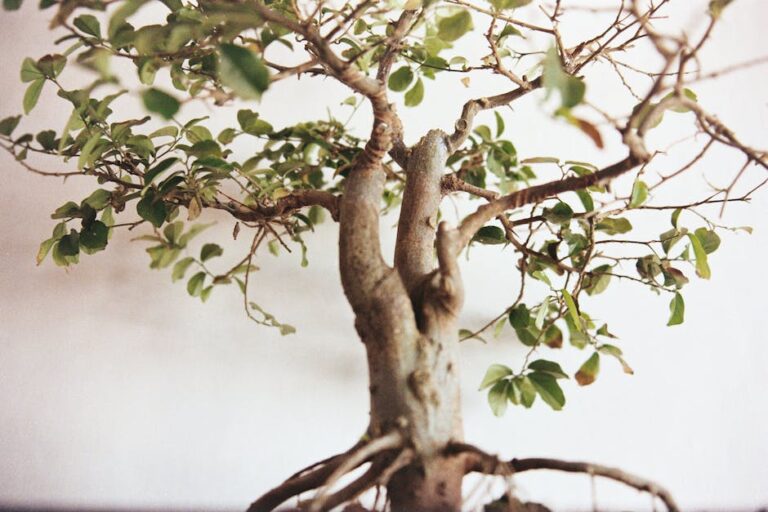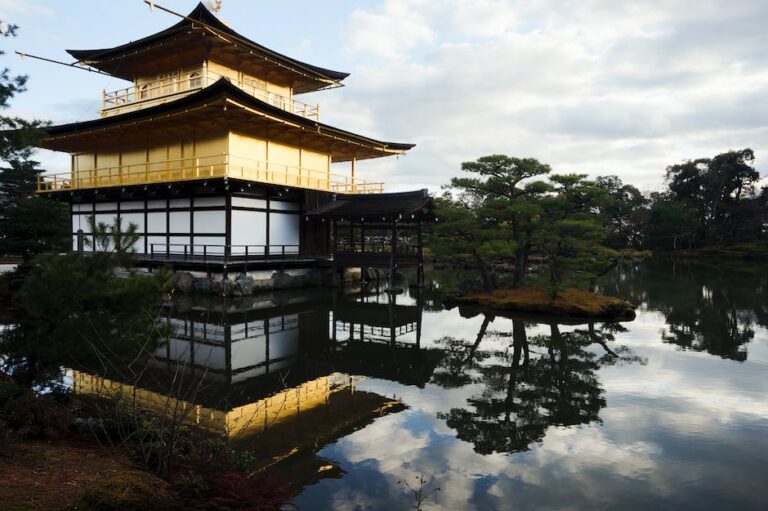Japanese Maple Bonsai Care Guide
Are you ready to become a skilled caretaker of your own Japanese Maple Bonsai? Look no further!
This concise guide has all the knowledge you need to ensure your bonsai thrives.
Discover the art of choosing the right variety, mastering watering techniques, providing optimal lighting conditions, and more.
With precise instructions and expert tips, you'll learn the secrets to maintaining a healthy and beautiful Japanese Maple Bonsai.
Let's dive in and cultivate your green thumb!
Key Takeaways
- Choose a Japanese Maple Bonsai based on factors like size, leaf color, and growth habit.
- Use a shallow container with drainage holes and a well-draining soil mix designed for bonsai cultivation.
- Repot the bonsai every two to three years to promote optimal growth and health.
- Maintain proper watering, lighting, pruning, and fertilizing techniques to ensure the health of the bonsai.
Choosing the Right Japanese Maple Bonsai
To choose the right Japanese Maple Bonsai, you should consider factors such as its size, leaf color, and growth habit.
When it comes to choosing the right container for your bonsai, opt for one that's shallow and has drainage holes to prevent waterlogging. This will help maintain the health of your tree's roots.
Additionally, selecting the appropriate soil is crucial for the bonsai's overall well-being. Use a well-draining soil mix specifically designed for bonsai cultivation, as regular potting soil can retain too much moisture.
The ideal soil mixture should consist of a blend of organic matter, such as peat moss or pine bark, and inorganic components, such as perlite or grit. This will provide the necessary drainage and aeration that your Japanese Maple Bonsai needs to thrive.
Understanding the Watering Needs of Your Japanese Maple Bonsai
Understanding how often you should water your bonsai is crucial for its health and growth.
When it comes to your Japanese maple bonsai, you need to pay attention to the importance of humidity. Japanese maples thrive in environments with higher humidity levels.
To provide the right humidity for your bonsai, you can use a humidity tray or mist the leaves regularly.
Additionally, the proper soil mix plays a vital role in the watering needs of your Japanese maple bonsai. A well-draining soil mix, such as a combination of akadama, pumice, and lava rock, ensures that water doesn't accumulate around the roots, preventing root rot.
It's essential to water your Japanese maple bonsai thoroughly, allowing water to soak through the soil, but avoid overwatering, as it can lead to root suffocation.
Regularly check the moisture level of the soil to determine the watering frequency, usually every 2-3 days during the growing season and less frequently during winter dormancy.
Providing the Ideal Lighting Conditions for Your Japanese Maple Bonsai
For optimal growth, ensure your Japanese maple bonsai receives adequate sunlight throughout the day. Sunlight is crucial for photosynthesis, which provides energy for your bonsai's growth and overall health. However, if you're growing your bonsai indoors or in a location with limited sunlight, you can supplement its light needs with the right grow lights.
When choosing grow lights for your indoor bonsai, consider the following factors:
- Light Spectrum: Look for grow lights that emit a balanced spectrum of light, including both blue and red wavelengths, to support your bonsai's growth.
- Light Intensity: Ensure that the grow lights provide sufficient intensity to mimic natural sunlight. This will vary depending on the size and age of your bonsai.
- Light Placement: Position the grow lights above your bonsai, keeping them at a distance of around 6-12 inches to provide even light distribution.
Pruning and Shaping Techniques for a Healthy Japanese Maple Bonsai
To maintain a healthy Japanese Maple Bonsai, proper pruning and shaping techniques are essential.
Pruning is necessary to remove dead or diseased branches, promote new growth, and maintain the desired shape.
Shaping the bonsai tree not only enhances its aesthetic appeal but also ensures its overall health and longevity.
Proper Pruning Methods
When pruning your Japanese maple bonsai, remember to make clean cuts to promote healthy growth. Pruning techniques play a crucial role in maintaining the shape and health of your bonsai tree. Here are some important tips to keep in mind:
- Use sharp and clean pruning shears to make precise cuts. This helps prevent any damage or infection to the tree.
- Follow a seasonal pruning schedule. Spring and early summer are ideal for structural pruning, while summer and autumn are suitable for maintenance pruning.
- Start by removing any dead, damaged, or diseased branches. This will improve the overall appearance and health of your bonsai.
Shaping for Aesthetic Appeal
Achieving a pleasing aesthetic with your tree's shape is an essential aspect of maintaining a visually appealing bonsai. To achieve the desired shape, you need to utilize various pruning techniques, wiring, and bending.
Pruning techniques involve removing unwanted branches and foliage to create a more balanced and proportionate shape. By carefully selecting which branches to prune, you can enhance the overall silhouette of your bonsai.
Wiring is another crucial technique that allows you to shape the branches and trunk. By gently wrapping wire around them, you can guide their growth and create intricate designs.
Bending is often used in conjunction with wiring to further shape the branches. By carefully bending them, you can create elegant curves and graceful lines.
Maintaining Bonsai Health
Keeping your bonsai healthy requires regular monitoring and adjusting the watering schedule as needed. The key to maintaining bonsai health lies in understanding two crucial aspects: bonsai pruning techniques and bonsai soil composition.
Pruning is an essential practice that promotes growth and maintains the desired shape of your bonsai. It involves carefully trimming the branches and roots to encourage new growth and prevent overcrowding. Additionally, pruning allows for the development of a more refined and aesthetically pleasing bonsai.
Another important factor to consider is the soil composition. Bonsai trees require a well-draining soil mix that retains enough moisture for the roots to absorb, while also preventing waterlogging. A suitable soil composition consists of a blend of organic matter, such as peat moss or compost, and inorganic components like perlite or pumice, which provide adequate aeration.
Fertilizing Your Japanese Maple Bonsai: Dos and Don'ts
To ensure the health of your Japanese Maple Bonsai, it's important to know the dos and don'ts of fertilizing. Proper fertilizer application is crucial for the overall growth and development of your bonsai tree.
When it comes to choosing between organic and synthetic fertilizers, it's essential to understand their differences. Organic fertilizers are derived from natural sources like compost, manure, or bone meal. They release nutrients slowly, providing a steady supply of nourishment to your bonsai.
On the other hand, synthetic fertilizers are chemically formulated and offer a quick release of nutrients. While they may provide an immediate boost, excessive use can lead to salt buildup, causing root damage.
It's best to strike a balance by using both organic and synthetic fertilizers, alternating between them to ensure your Japanese Maple Bonsai receives a well-rounded nutritional diet.
Preventing and Treating Common Pests and Diseases in Japanese Maple Bonsai
Pests and diseases can harm your tree if not identified and treated promptly. To ensure the health of your Japanese Maple Bonsai, it's important to take preventive measures and address any issues as soon as they arise.
Here are some tips to help you prevent and treat common pests and diseases:
- **Inspect regularly:** Regularly check your bonsai for signs of pests or diseases, such as discolored leaves, wilting, or unusual growth.
- **Maintain good hygiene:** Keep your bonsai clean and free from debris, as this can attract pests and create a breeding ground for diseases.
- **Use natural remedies:** Consider using natural remedies to control pests and diseases, such as neem oil for insect infestations or a mixture of water and baking soda for fungal infections.
Repotting Your Japanese Maple Bonsai: When and How to Do It
When it comes to repotting your Japanese Maple Bonsai, timing is crucial. You should aim to repot your bonsai every two to three years, preferably in the spring before new growth begins.
Repotting involves carefully removing the tree from its current pot, trimming the roots, and placing it in fresh soil.
Proper Repotting Frequency
You should repot your Japanese maple bonsai every two to three years for optimal growth and health. Repotting provides several benefits to your bonsai, including:
- Refreshing the soil: Repotting allows you to replace old, compacted soil with fresh, nutrient-rich soil, ensuring that your bonsai receives the necessary nutrients for healthy growth.
- Promoting root growth: By trimming the roots during repotting, you encourage the development of new feeder roots, which improves the tree's ability to absorb water and nutrients.
- Preventing root-bound conditions: Repotting prevents the roots from becoming tightly packed and circling around the pot, which can restrict growth and lead to poor health.
When determining the timing for repotting, consider the following factors:
- Dormant period: The best time to repot your Japanese maple bonsai is during its dormant period, typically in late winter or early spring before the tree starts to actively grow.
- Growth cycle: Avoid repotting during the tree's active growth phase, as it may cause stress and hinder its development.
- Visual cues: Look for signs of a root-bound condition, such as roots growing out of the drainage holes or excessive top growth, indicating that it's time to repot.
Repotting Techniques Explained
Now that you understand the importance of repotting your Japanese maple bonsai regularly, let's delve into the techniques that will ensure a successful process. Repotting provides numerous benefits such as promoting root growth, preventing root-bound conditions, and refreshing the soil composition. To execute this task effectively, you will need a few essential repotting tools. These tools include a pair of bonsai shears to trim the roots, a root hook to gently separate and untangle the roots, and a bonsai soil scoop to remove the old soil. By using these tools, you can ensure that the roots are properly pruned and the tree is placed in fresh, nutrient-rich soil. Now let's explore the step-by-step repotting process in detail.
| Repotting Tools | Description | Usage |
|---|---|---|
| Bonsai shears | Sharp scissors-like tool for root trimming | Cut and prune roots to promote healthy growth |
| Root hook | Metal tool with a curved end for root separation | Gently untangle and separate root system |
| Bonsai soil scoop | Shovel-like tool for soil removal | Scoop out the old soil and make room for fresh soil |
Winter Care Tips for Your Japanese Maple Bonsai
To protect your Japanese maple bonsai during winter, remember to provide adequate insulation and shelter from harsh weather conditions. Winter protection is crucial for preventing frost damage and ensuring the health and survival of your bonsai. Here are some tips to help you protect your Japanese maple bonsai during the winter months:
- **Insulate the roots**: Add a layer of mulch or straw around the base of the bonsai to insulate the roots and protect them from freezing temperatures.
- **Provide shelter**: Move your bonsai to a sheltered location, such as a garage or shed, to protect it from strong winds and extreme cold.
- **Monitor moisture levels**: During winter, it's important to monitor the moisture levels in the soil. Ensure that the bonsai isn't overwatered or allowed to dry out completely.
Conclusion
In conclusion, caring for a Japanese Maple Bonsai requires attention to detail and proper maintenance techniques. By choosing the right bonsai, understanding its watering and lighting needs, pruning and shaping it correctly, fertilizing appropriately, preventing pests and diseases, and repotting when necessary, you can ensure the health and beauty of your bonsai.
Additionally, providing winter care will help your Japanese Maple Bonsai thrive year-round. With patience and knowledge, you can enjoy the graceful elegance of this unique tree for years to come.





